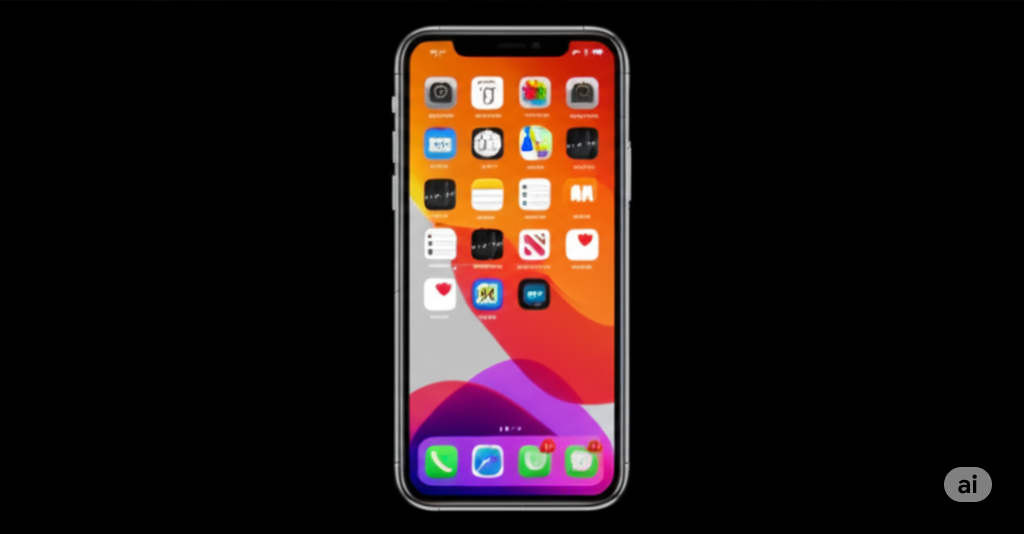14 June 2025
PulseTech Innovation Center

Apple’s WWDC 2025 event has generated significant buzz with the anticipated introduction of a new design language called “Liquid Glass” alongside the unveiling of iOS 26 and macOS Tahoe. This shift in visual aesthetics has notable implications for user experience and the skills required in design and development. For Pulsetech Consultancy, a firm connecting top tech talent globally, this signifies an evolving demand for design expertise across Europe, America, and Asia.
The “Liquid Glass” design language suggests a move towards more fluid, translucent, and dynamic interface elements. Imagine interfaces that respond more organically to user interaction, with subtle animations and visual effects creating a sense of depth and immersion. This could involve reimagining icons, typography, and overall UI layouts to feel more tactile and responsive.
The implementation of such a design language in iOS 26 and macOS Tahoe would require significant updates to Apple’s design guidelines and development frameworks. This would necessitate designers and developers to master new tools and techniques to effectively create and implement “Liquid Glass” elements across Apple’s ecosystem.
For Pulsetech Consultancy, this potential design shift highlights the ongoing demand for skilled UI/UX designers with expertise in motion design, visual effects, and user interaction. As Apple introduces this new aesthetic, companies within its ecosystem and beyond will likely seek designers who can create visually appealing and intuitive interfaces that align with this trend. Our role in connecting these talented designers with leading technology companies remains crucial.
Furthermore, developers will need to adapt to the new design paradigms, ensuring that applications are not only visually consistent with “Liquid Glass” but also perform seamlessly with the new visual effects and interactions. This could drive demand for developers with a strong understanding of Apple’s UI frameworks and optimization techniques.
The introduction of “Liquid Glass” could also influence design trends across the broader tech industry, as developers and designers outside the Apple ecosystem take inspiration from these new visual concepts. This could lead to a wider adoption of more fluid and dynamic interface elements in various platforms and applications.
In conclusion, the rumored “Liquid Glass” design language in iOS 26 and macOS Tahoe represents a potentially significant evolution in Apple’s user interface philosophy. This shift will likely drive demand for designers and developers with the skills to create and implement these new visual experiences, an area where Pulsetech Consultancy continues to connect top talent with leading innovation.

